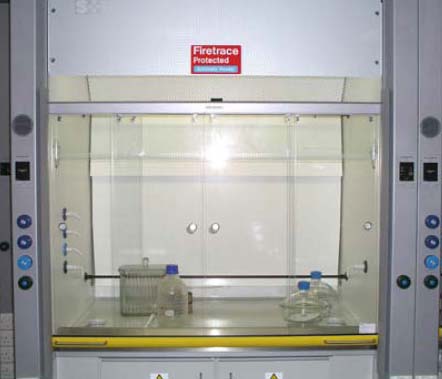6 Chemical health and safety
6.1 Control of Substances Hazardous to Health (COSHH) Regulations
For those companies involved in the handling of chemicals and/or biological material there are a number of additional regulations. These are known as the Control of Substances Hazardous to Health (COSHH) Regulations. These were introduced in 1988, and the last update was in 1999. These regulations apply to chemicals, biological hazards and dusts.
The essential requirements are that the employer must:
make an assessment of the health risk to employees;
prevent or control exposure to employees.
6.1.1 What is the definition of hazard under COSHH?
‘Hazard’ is defined as the inherently dangerous properties of a chemical or biological organism.
What is the definition of risk under COSHH?
‘Risk’ is defined as the likelihood of a chemical causing harm to people or to the environment.

In a risk assessment, therefore, the employer has a duty to consider the risks to health from work involving exposure to hazardous substances and then must decide on any further action that might be needed to remove or reduce those risks. This also means looking at the extent and likelihood of a substance causing harm, in the actual circumstances of the work. This is different from looking at the hazard of a substance, which is its potential for causing harm.
A low hazard can present a high risk if control is poor. For example, wood presents a low hazard, but if a sawmill or factory is continually full of wood dust, then this presents a risk of nasal cancer to the work force. The COSHH 1999 regulations require an assessment of risk and then consideration of the steps that need to be taken to achieve and maintain adequate control.
